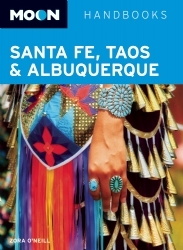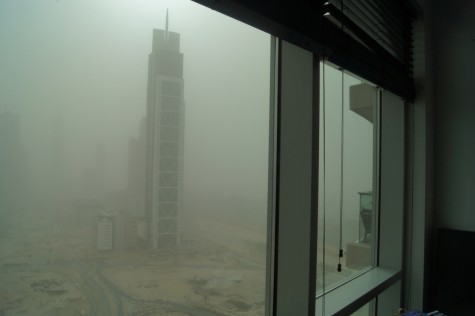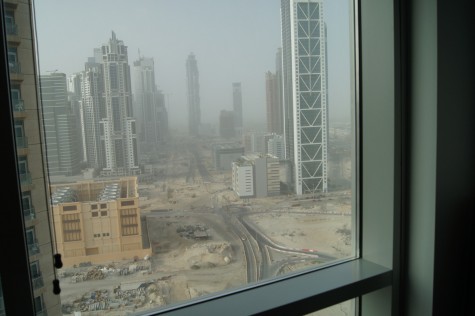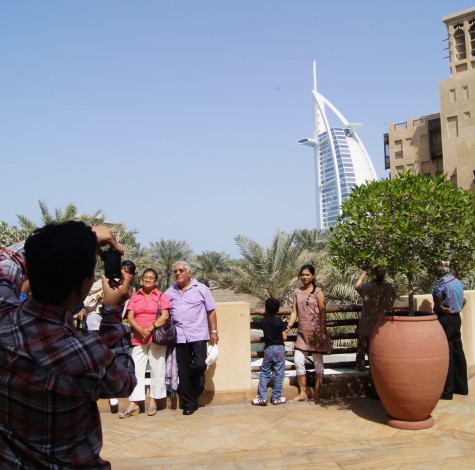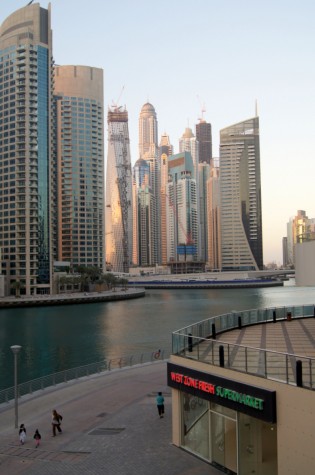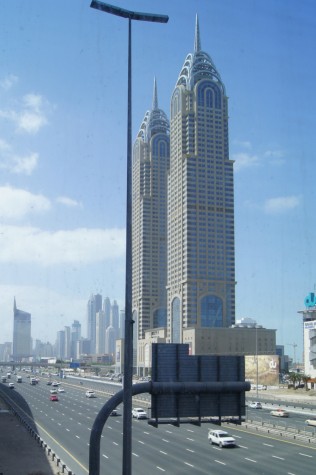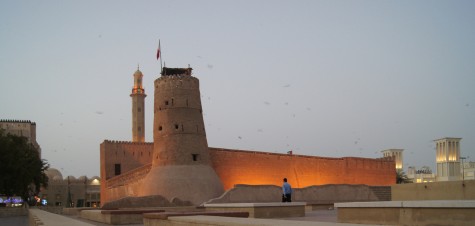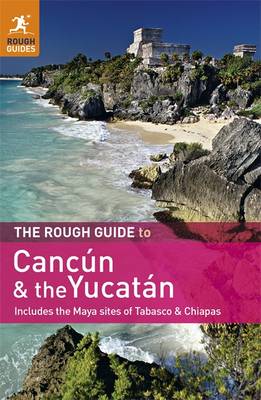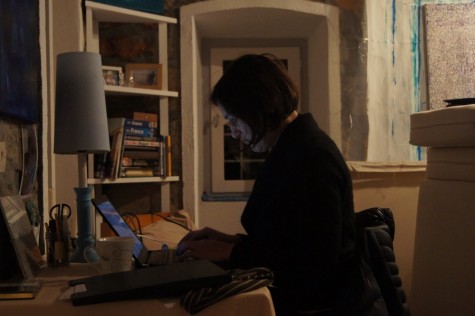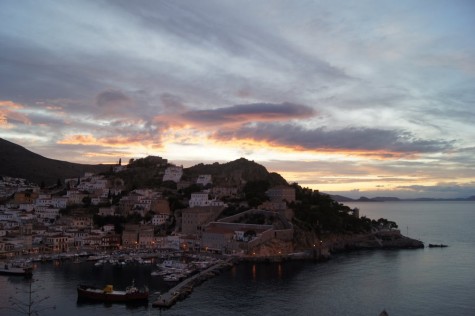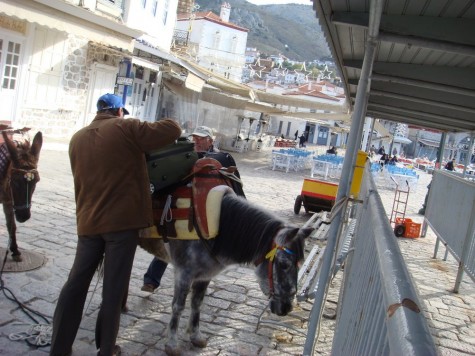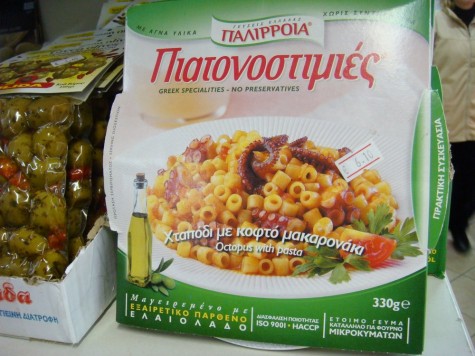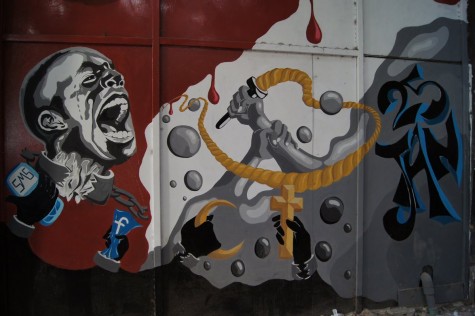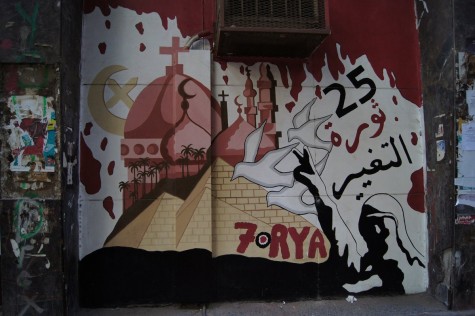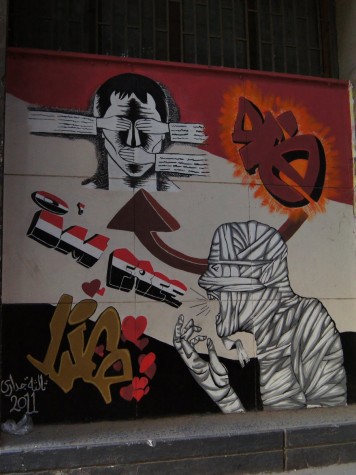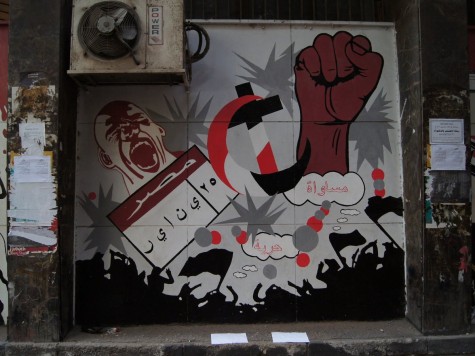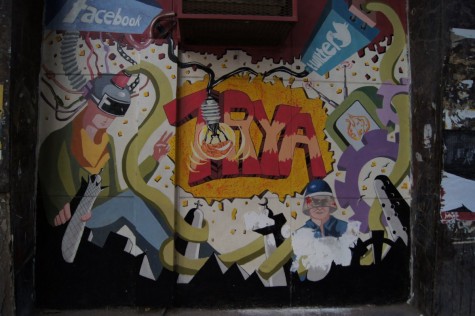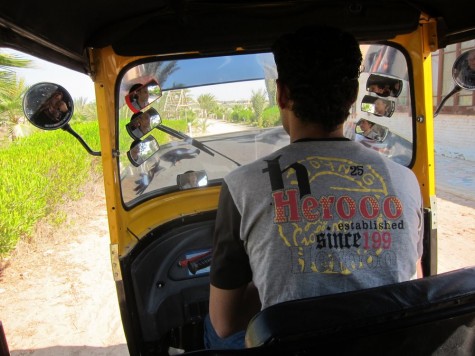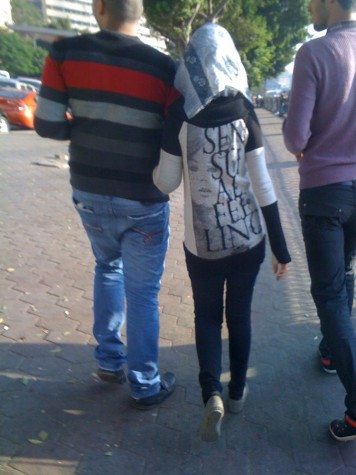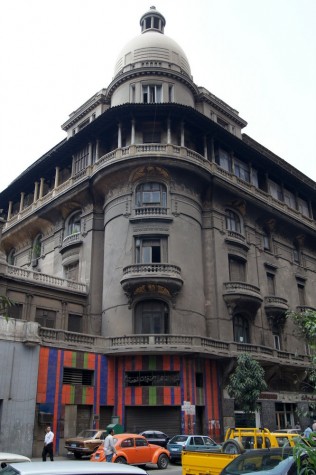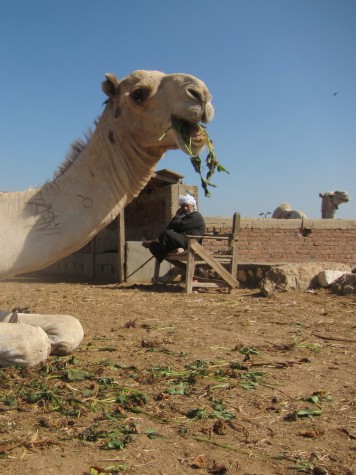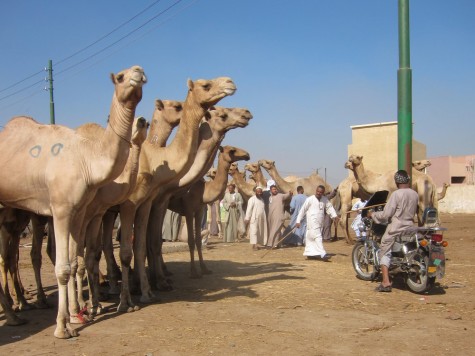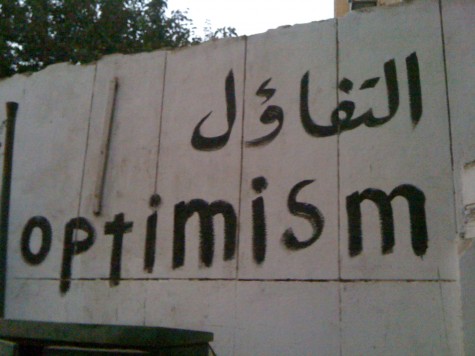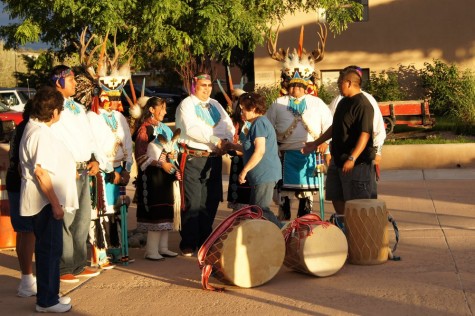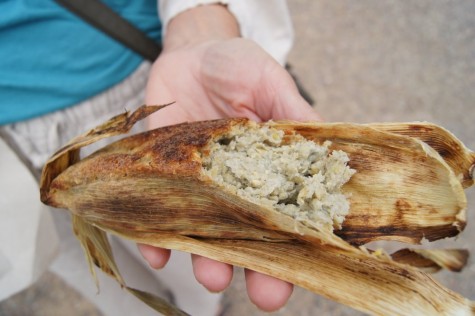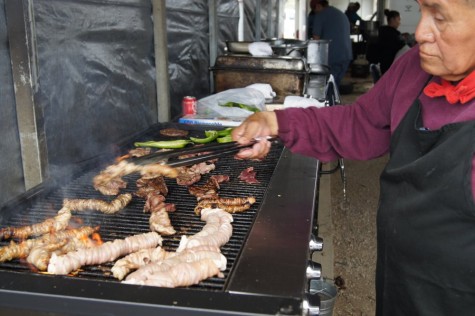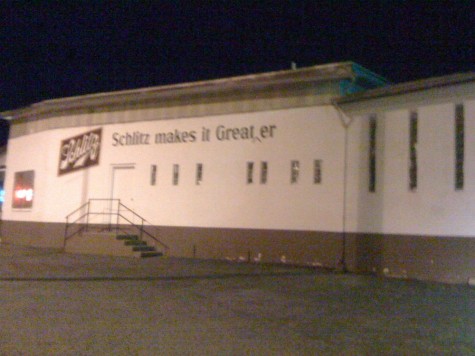It’s a great list, but in the heart of the Middle East, you’re dealing with dry heat and more-conservative modesty norms. So I thought I’d share what I usually pack for a Middle East trip. Let’s begin with a parable:
I once saw a Russian woman in hot pants at the Pyramids. First, I had an urge to grab her ass. Then I got heatstroke just looking at her.
Moral: There are two very good reasons to keep your skin covered in the Middle East. First, of course, is it’s just polite, and even normal people like myself (er) can respond strangely to the sight of naked flesh if they don’t see it often. Second, that sun will kill you.
I tend to spend most of my time in cities, so I want to look dressier, rather than sporty. But most of my wardrobe can adapt fine to a day in the desert or a hike up Mount Sinai.
1. Long-sleeve, button-front silk shirts.
I used to pick these up at thrift stores all the time, and I still do occasionally find one, but I have less time to comb the racks. I haven’t found a reliable first-hand source for them yet, but I always keep an eye out.
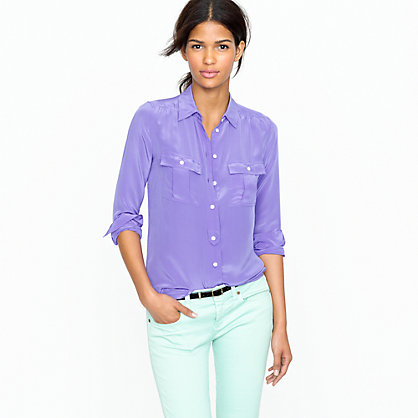
Silk is really sturdy and super-lightweight. It dries in a second, if you do a sink wash, and it’s hardy enough to handle whatever they do at the drop-off laundry. Buy dark colors, so it’s not see-through, and/or patterns (to hide stains).
If you can’t find silk, then button-front lightweight cotton shirts are fine. Either way, you want them to be longish–hanging over half your butt, if possible, and the sleeves should be full length. You can roll the sleeves up to your elbows, or keep them buttoned at your wrist if you’re in a very conservative situation, or cold.
2. Skinny ankle-length cotton or nylon pants with pockets.
Contrary to Celeste’s advice, I think tight clothing is A-OK. It makes you look more city-fied. And it’s not violating any modesty norms in the ME, contrary to what you might think.
I wasn’t planning on my super-skinny cropped cargo pants from J. Crew to be a travel essential, and now I wish I’d bought two pairs.
They’re very tight at the ankle, so they don’t slide down when I’m using a squat toilet. And the pockets are super-useful. I have other ankle-length pants, in nifty nylon-cotton blends, but they always lose because they don’t have pockets.
Typical capris, which end right below the knee or mid-calf, don’t do it for me. That exposes too much flesh for my taste. Too much sunburn and ogling potential.
And I wouldn’t go for leggings because, well, they’ve already got plenty of camel toes in the Middle East! (Thank you, ladies and germs! I’ll be here all week.)
3. Linen trousers.
OK, this is as close as I get to the typical desert-explorer look. I have a couple of pairs in brown and slate gray. Side pockets look proper enough (though you have to be careful about change falling out in buses). Linen is sturdy, and its rumpled-ness is somehow acceptable in high society, but you can also hike in them.
I just roll them up a couple of inches before venturing into any sketchy toilet situation.
4. Silver shoes.
You can wear the daggiest orthopedic things, but if they’re silver (or gold), you suddenly look like a fashion queen. These Doc Martens totally rocked in Cairo–nice thick soles so you can slog through muck.

It’s a bonus if your shoes are slip-off: easier to go in and out of mosques.
I also just bought these, from Ecco–not slip-off, but I think will do double-duty for low-level hiking.
5. Sports bras and tank tops.
The underpinnings. I’m not at all busty, but I do wear a sturdy bra when I go to Cairo. Young dudes in the street are like those detectors for earthquakes–they’re sensitive to the slightest jiggle.
Honestly, this might be slight overkill on my part–I’m making up for my first time in Cairo, when I actually walked around without a bra, which I wish someone had taken me aside and said, “Ahem.” Instead, some crazed dude grabbed my boob and then practically went skipping off down the street with glee. I think he might’ve felt a little like when I saw the Russian chick in hot pants: Must. Touch. It!!!
On top of a sturdy bra, I wear a very thin cotton tank top that’s very long. This guarantees my shirt isn’t see-through and covers up any gaping between button-front shirt and low-rise pants, or if wind from a bus speeding by blows my shirt up. Right now Uniqlo is making good super-long tank tops. I got some C&C California ones years ago that are nearly threadbare now, but that’s OK, since they’re just an under-layer.
Sort-of 6. Ankle-length skirt, with pockets.
Honestly, I have one of these, and I dutifully pack it every time, but I just can’t quite get on board with it. It’s relatively stylish–linen, tailored, with patch pockets. But it’s just outside the realm of my normal style, and I feel a little too much like Sensible Lady Adventurer when I wear it.
But I’m mentioning it because someone once pointed out a very good reason to wear a skirt while traveling: if you ever have to relieve yourself on the side of a road, perhaps with your whole bus looking on, a skirt gives you a little privacy.
So…just putting it out there.
7. Giant scarf.
Totally agree with Celeste on this. Always have one in your bag. I have a bunch of wonderful silk ones from Syria (sigh), but last year I got a giant (18″ x 84″) not-silk one in Morocco that has turned out to be more useful. It’s a little cozier in a/c situations, and slippery silk is tough as mosque-visit headscarf–this has a little texture so it stays in place.
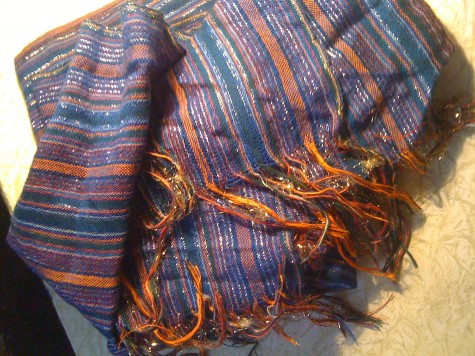
And a really, really big scarf with distinctive colors can dress up a whole outfit. My Moroccan scarf has gold thread in it. With my shoes, it’s like an ensemble!
8.Short dresses.
I’m just developing this, but I have a nice mid-thigh stretchy tunic dress that I really like, so I tried it out with my little ankle-length pants, and presto–I’m covered up and hip-looking. Or, you know, as hip as it gets these days.
By the by, I totally yoinked this look off the streets of Cairo. Another Cairo-cool-girl standby: tight black long-sleeve top, with whatever crazy top you want over it. Only recommendable in winter, though, as having anything up under your armpits means you’ll have to do laundry sooner.
9. One pearl.
Thanks to Celeste, I have a beautiful one, from Kamoka Pearls. As she said when she gave it to me, it’s great travel jewelry. Like everything, sturdy and lightweight, but also a nice touch of bling.
10. Crunchable brimmed hat.
I’m undoing all my don’t-look-like-a-backpacker effort above, but I swear my brain will melt instantly if I don’t wear a hat. Right now, I have a kind of funky plaid one that I got in Thailand, with about a two-inch brim. Before that I had this funny crochet faux-fedora thing.
Do you have your own old-reliable clothing pieces? I’d love to hear them!
